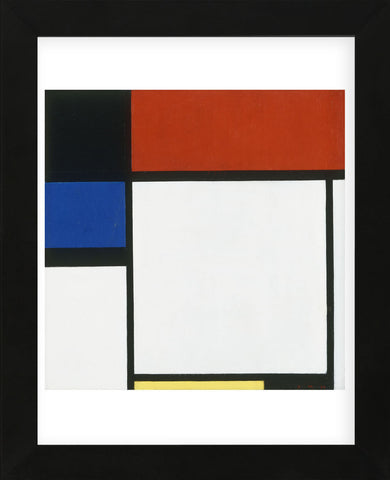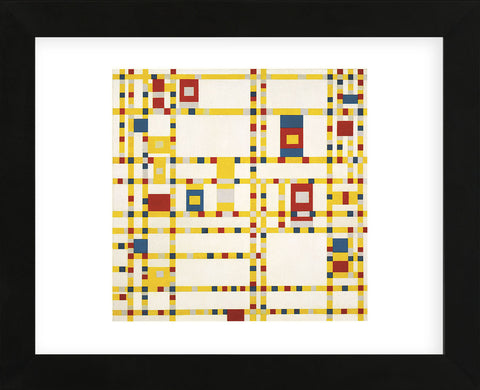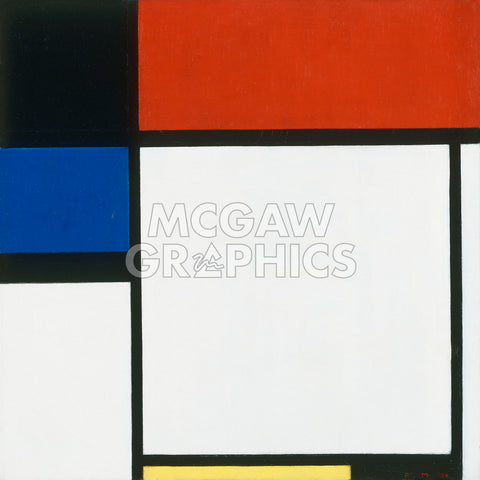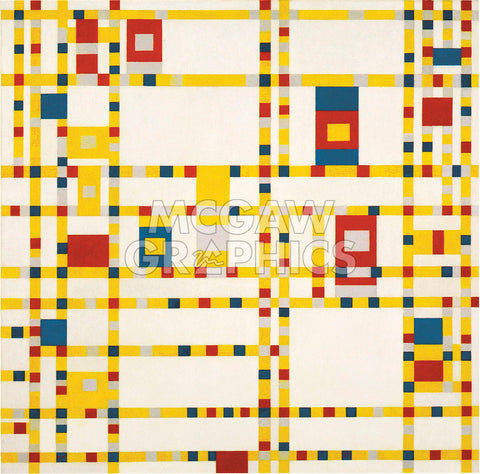Piet Mondrian
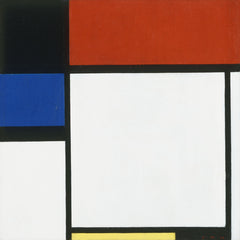
Born into a Dutch aristocratic family in Amersfoort, Piet Mondrian began his study of art in 1892 as a student at Amsterdam's Rijksakademie van Beeldende Kunsten.
His earliest landscapes are rendered in an Impressionistic style but, possess the marked vertical and horizontal tendencies that foreshadow his mature paintings. Mondrian's work began to show the influences of Cubism in 1910 after an exhibition at the Stedelijk Museum in Amsterdam that included works by Picasso and Braque.
In 1912, the artist moved to Paris where he continued to refine his style, continually exploring increasingly sophisticated compositions. In his paintings, Mondrian strove to achieve a universal form of expression by reducing form and color to their simplest components. The artist termed his work "Neo-Plasticism" and believed: "it is the task of art to express a clear vision of reality." Using only primary colors and basing his compositions entirely on rectangles, Mondrian painted increasingly stark, structurally harmonious compositions with an unrivaled chromatic purity.
Mondrian moved to New York in 1940 to escape the disruptions of World War II. Energized by the pace of city life, the artist was extremely productive and completed a large number of paintings. Mondrian's late works, executed during his years in New York, use vacillating color and grid-like patterns to evoke the fast-paced rhythm of city streets. He is regarded by many as founder of abstract art.



